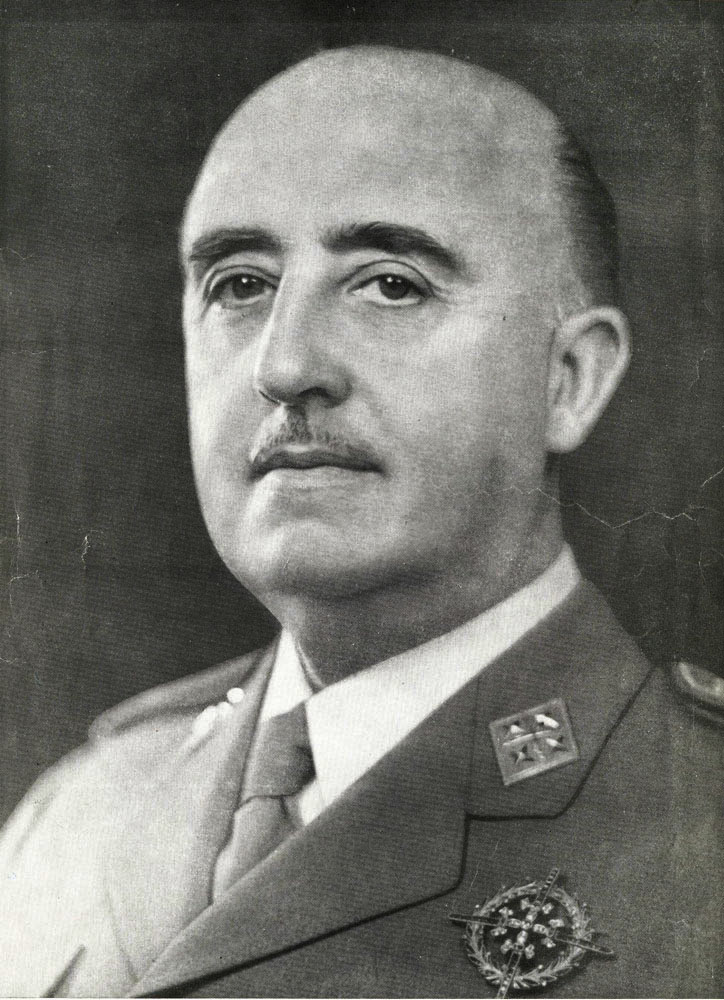
During the reign of Francisco Franco, winner of the Spanish Civil War and caudillo of Spain (1939-1975), significant changes took place in the Spanish coinage. As a result of the ravages of the civil war and the economic difficulties, the previous monetary system collapsed. Franco introduced a new monetary system, the basis of which was the peseta. Main characteristics of coinage during Franco's reign: The coins were made of aluminum, bronze, copper, nickel, silver, 1, 5, 10, 25, 50 centimos, 1, 2, 5, 10 , in denominations of 25, 50 pesetas. Franco's profile was on most of the coins, the reverse side featured various symbols such as the Spanish coat of arms, eagle, lion, ship. Banknotes are made of paper and in denominations of 1, 5, 10, 25, 50, 100, 500, 1000 pesetas were printed. Most banknotes feature Franco's profile and various historical and cultural motifs can be seen on the reverse side. Commemorative coins were also minted to commemorate the victory in the Civil War, Franco's death, and the Olympic Games, the material was silver, gold, platinum. Important changes introduced during Franco's time: 1939: Introduction of a new peseta, 1 peseta = 10 old pesetas 1940s: Introduction of aluminum and bronze coins due to metal shortages 1950s: Economic growth, minting of silver and gold commemorative coins 1960s: Modernization of banknotes, introduction of new denominations 1975: Franco's death, devaluation of the peseta Franco's face is the Spanish peseta existed from 1939 to 1982, 7 years after his death. During the Spanish Civil War, both sides minted money, the pro-Franco peseta and the republican peseta. The Franco regime accumulated gold and foreign currency, which stabilized the peseta.
Numismatics. Online store for old money, coins and banknotes.